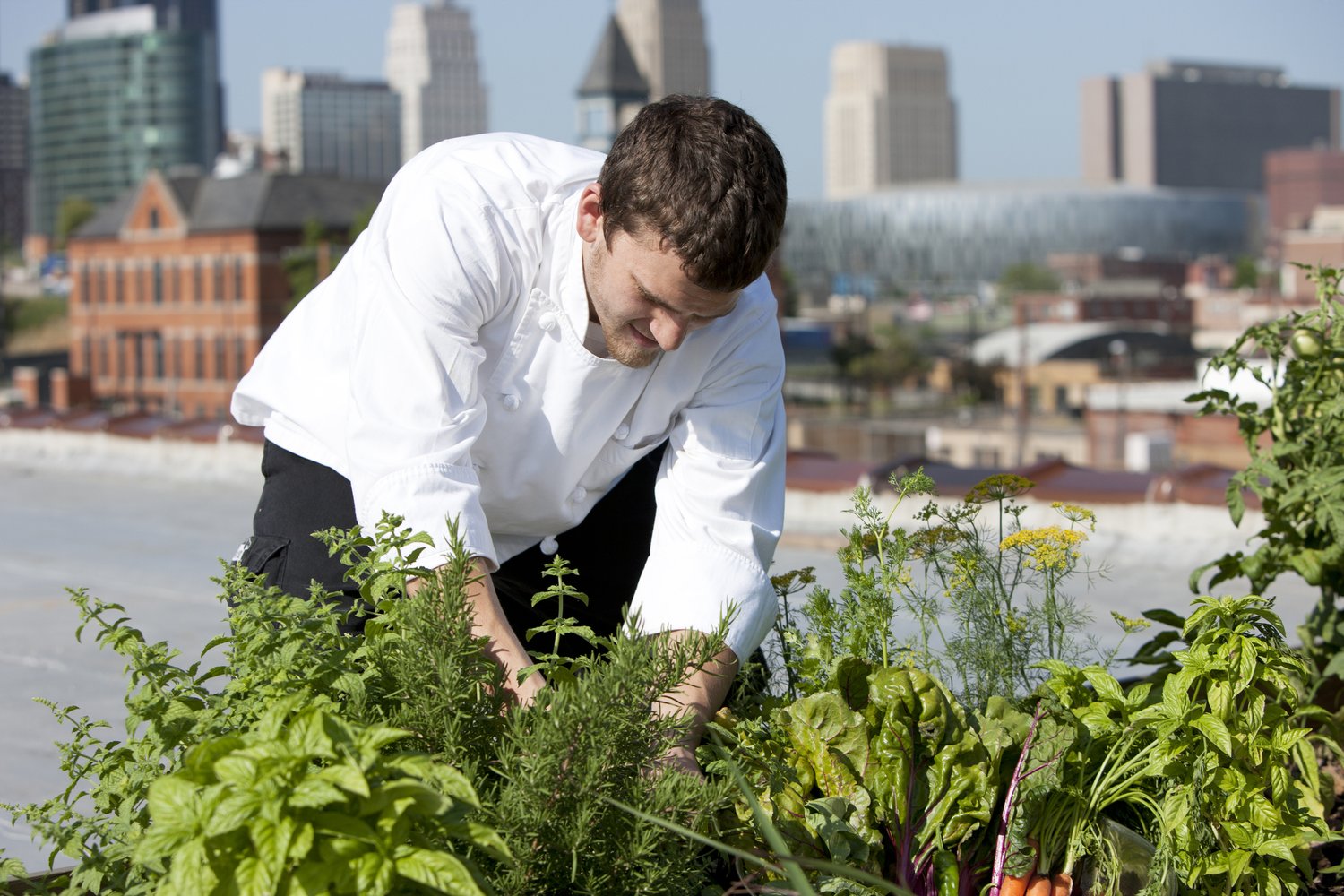City Blooming for Beginners
Table of ContentsSome Ideas on City Blooming You Need To KnowAn Unbiased View of City Blooming3 Simple Techniques For City BloomingCity Blooming - An Overview5 Simple Techniques For City Blooming
Interested in expanding food to buy in the City of Chicago? Assuming concerning starting a neighborhood garden? Adjustments to the Chicago Zoning Statute permit farming usages like community gardens and city ranches in several components of the city. Below is a list of often asked questions concerning the rules and laws that farmers ought to think about when planning a city agriculture project.
The zoning modification does not customize any various other codes handling composting, structure licenses, purchasing or renting City owned residential property, service licenses or environmental contamination. There are existing codes that manage these issues and they continue to be in full effect and might apply to your task. Area yards are generally had or handled by public entities, public organizations or community-based organizations and maintained by volunteers.
Urban ranches grow food that is planned to be marketed, either on a nonprofit or for-profit basis. As a result of their commercial purpose, metropolitan ranches require a business license. Yes. A neighborhood yard is permitted to sell excess generate that was grown on website if the sales are accessory or secondary to the yard's key purpose explained over.
Some Known Questions About City Blooming.
Composting is permitted yet just for plant product that is produced and made use of on website. The quantity of garden compost material can not go beyond 25 cubic backyards at any kind of provided time according to the criteria in 7-28-715 of the City's Municipal Code. Yes. Since the dirt at a lot of new yard sites needs amending, compost, soil, timber chips, or various other products can be gotten to build or enhance the expanding area - indoor plants.

If a building license is needed then the hoophouse will be taken into consideration an accessory building. You can find out even more regarding the structure authorization requirements by contacting the Division of Buildings. The 25,000-square-foot size limit is intended to prevent a solitary neighborhood garden from dominating an offered block or interfering with the block's existing residential or commercial personality.
The limit does not relate to yards found in Public Open Room (POS) areas. Can there be more than one area yard that is 25,000 square feet on a single block? Yes. The dimension restriction puts on private yards, not to specific blocks. No. Fencing is not called for, nevertheless, yards that have large auto parking areas might be required to set up fencing or other landscape design attributes.
What Does City Blooming Mean?
B1 & B2 districts require that all commercial use tasks be carried out inside your home. R districts limit industrial activity. The laws show the objective and intent of the Zoning Code. Is fence required for metropolitan ranches? Yes. Fencings may be needed, along with landscape design and screening, for specific car parking locations and exterior work or storage space areas depending upon place and the particular task happening.
Yes. Urban ranches call for building licenses and zoning authorizations before construction. Other types of city review may be called for depending upon particular frameworks, tasks, dimension, landscaping, licensing, public health and stormwater monitoring issues. Several of these requirements are identified in the task layout or permitting process, however, the candidate might be accountable to separately identify details licenses or permits that may be called for.
Yes. The type of permit is established by what is occurring at the website. The Department of Organization Affairs and Consumer Security can aid figure out the certain sort of service certificate that's needed. Yes. Off road parking is needed for most industrial projects in Chicago. The required variety of garage is based on the number of employees servicing website and not the square footage of the growing room.
City Blooming - An Overview

A metropolitan ranch can market garden compost product created on website, however, the operation should conform with click to read the laws in 7-28-715 of the Chicago Municipal Code. Aquaponic systems are allowed inside on city ranches in several zoning areas.
Up to five hives or swarms of honey bees might be kept as an accessory usage. Beekeepers must register with the Illinois Department of Agriculture. For even more information about the recommended zoning change you may get in touch with the Division of Real Estate and Economic Development, Bureau of Preparation and Zoning at 312.744.8563.
Farming in cities and urban locations A metropolitan ranch in Chicago. Urban agriculture describes different methods of growing. https://www.edocr.com/v/rklelljq/danielnold94107/city-blooming, processing, and distributing food in urban locations. The term additionally relates to the location activities of animal husbandry, aquaculture, beekeeping, and gardening in a city context. Urban farming is identified from peri-urban agriculture, which happens in country areas at the edge of residential areas.
The Of City Blooming
It can involve a movement of organic farmers, "foodies" and "locavores", who seek to create social media networks based on a shared principles of nature and community holism. These networks can establish by means of official institutional support, coming to be integrated into local town as a "transition community" movement for lasting metropolitan growth.
In either case, the extra straight accessibility to fresh vegetable, fruit, and meat products that might be understood via urban farming can enhance food protection and food safety while decreasing food miles, resulting in lower greenhouse gas emissions, therefore contributing to climate modification mitigation. Some of the very first proof of metropolitan agriculture originates from Mesopotamia.